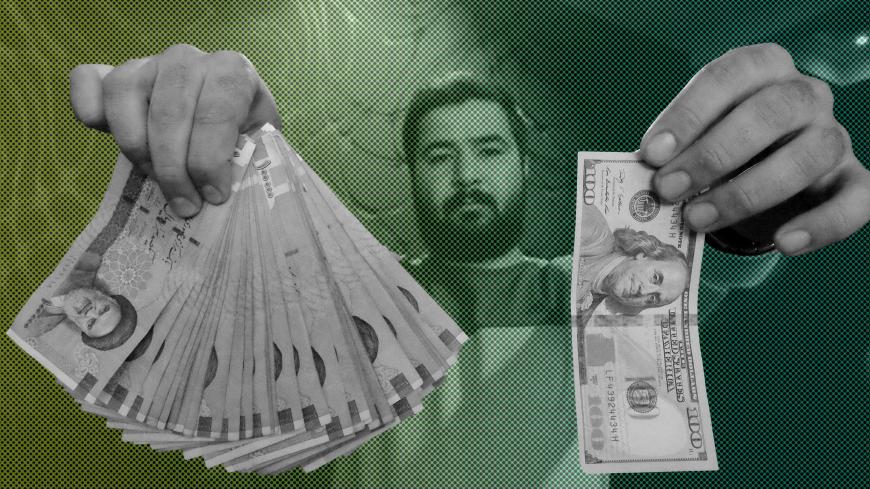In an abrupt move, Iran moved to unify its dual exchange rates — one official and the other the free market rate — on April 11 to prevent further depreciation of the rial, re-establish the currency's stability and empower banks. Why at that time, and how successful will the move be? The short answer seems to be that it was the only viable option under the circumstances. The sustainability of the move will depend on the ability of authorities to control the market in coming months.
Exchange rate unification has been a long-standing promise and long-sought policy of President Hassan Rouhani's administration. Indeed, Valiollah Seif, head of the Central Bank of the Islamic Republic of Iran (CBI), had on multiple occasions set deadlines for its implementation. Rate unification was considered, however, to be contingent on a resumption of international banking ties, which failed to materialize as hoped by Iran following the implementation of the nuclear deal in January 2016.



